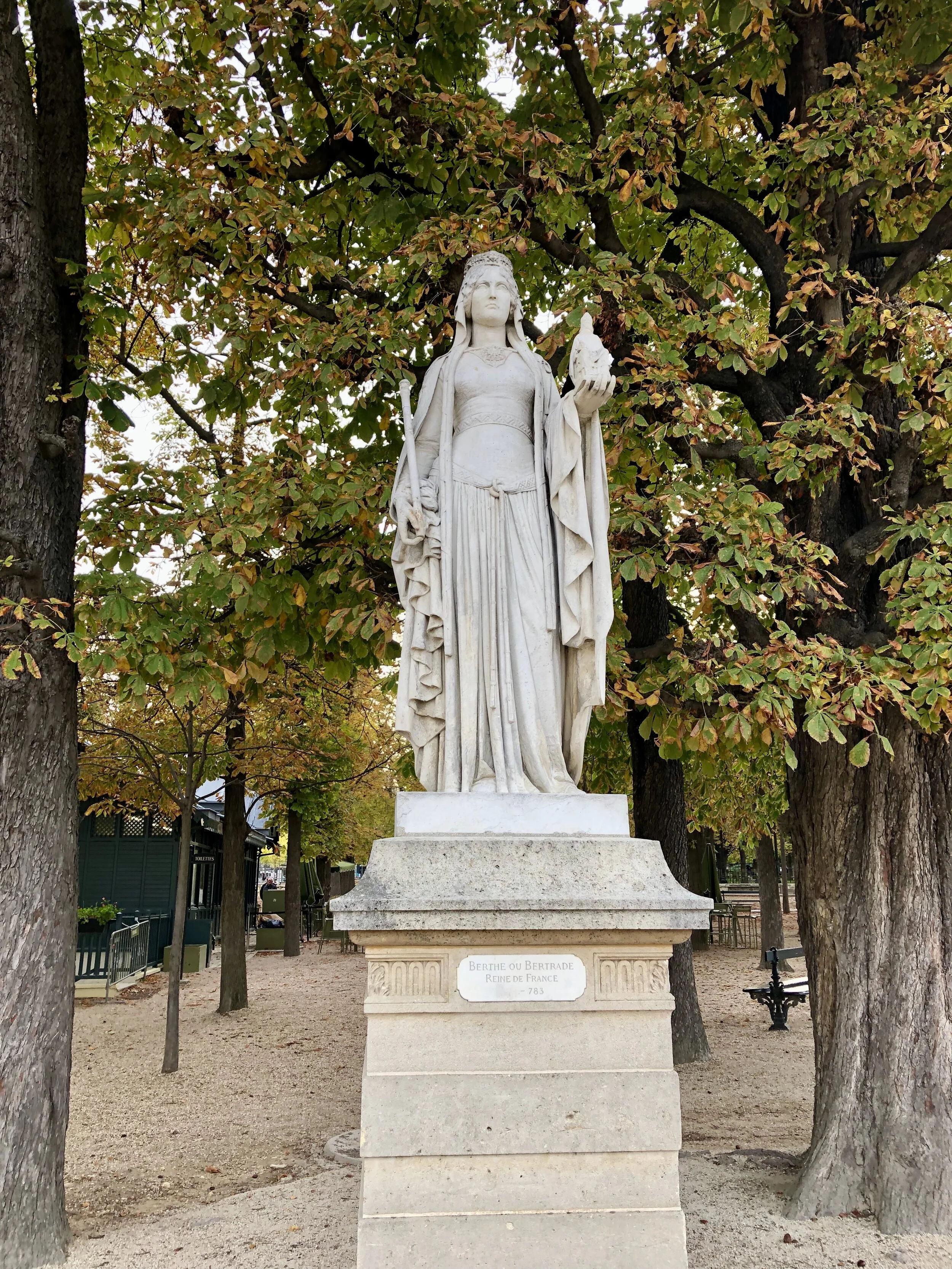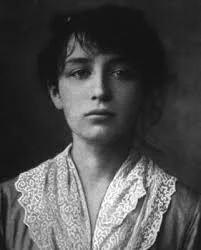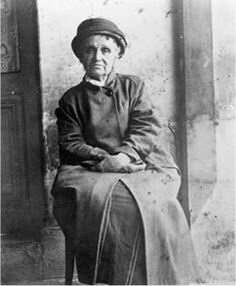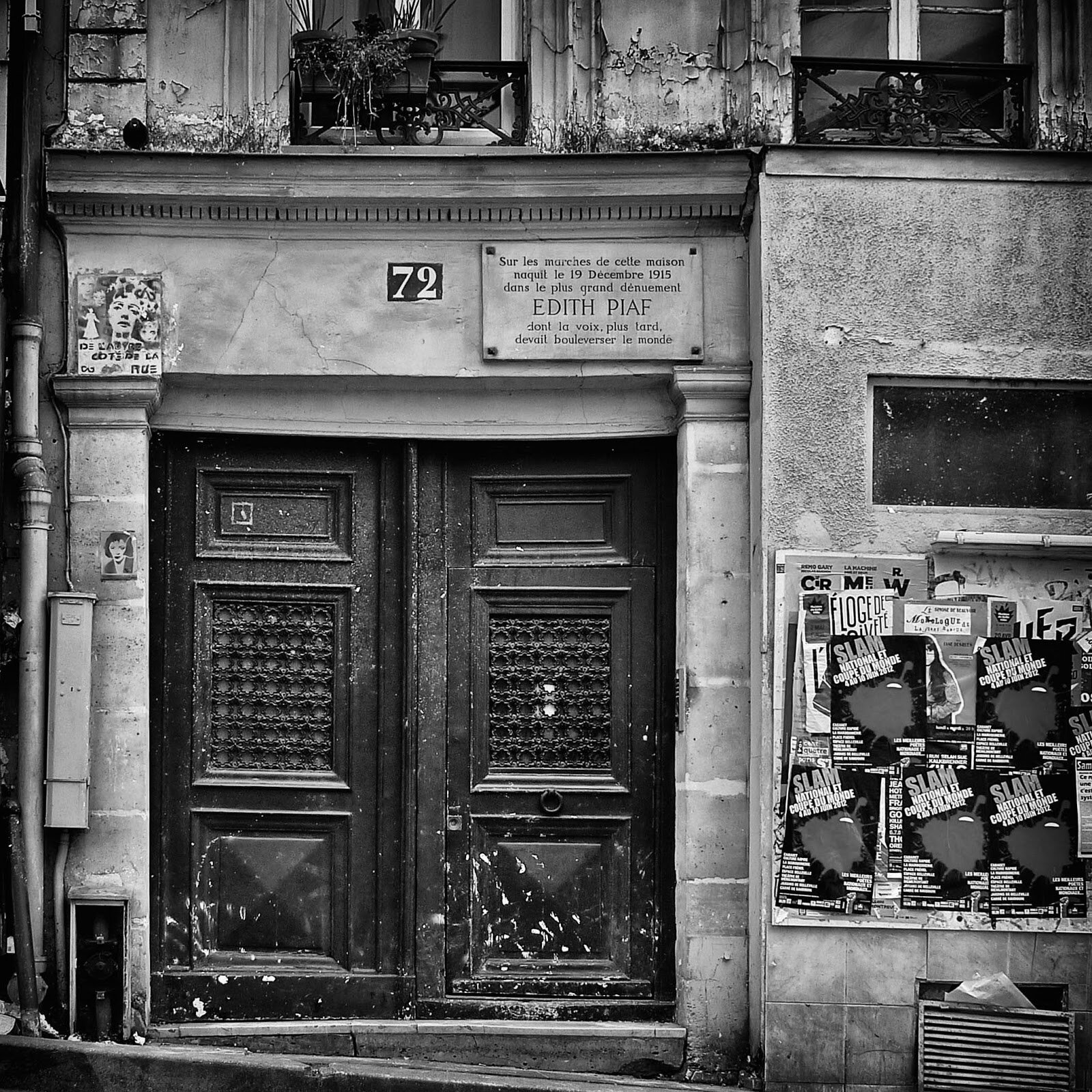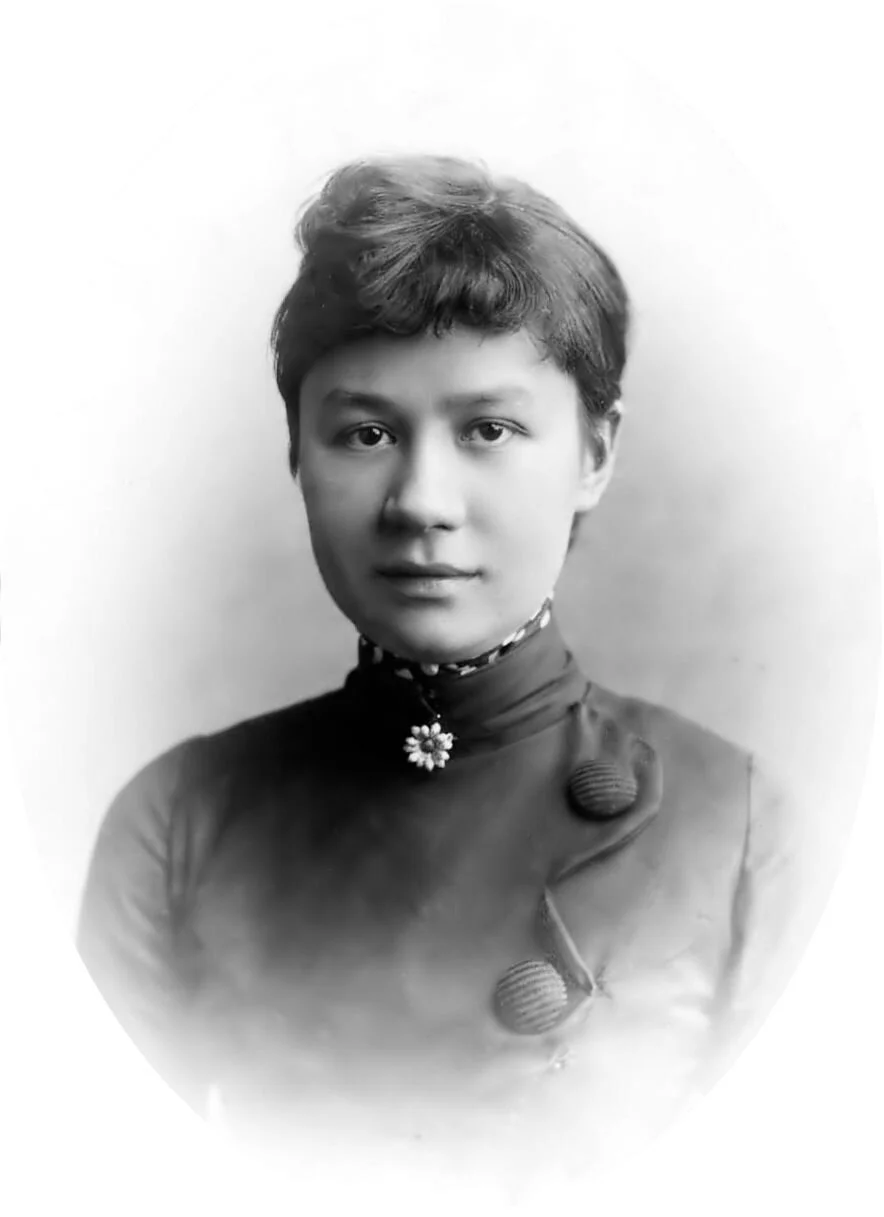Anne de Rochechouart de Montemart may not jump to your mind but her great grandmother will. While you would think the great granddaughter of Veuve Clicquot would sit back sipping her family champagne and counting all her money, that wasn’t the life that Anne wanted.
Born on February 10, 1847 in Paris to Marie Clementine de Chevigné, granddaughter of Clicquot and Louis de Rochechouart, count of Mortemart who was the nephew of another lady we talked about Madame de Montespan.
Anne, the third child to the couple was also their only surviving. Pauline died at 10 years old and Paul died of Cholera at a very young age. Worried about Anne’s health the family left Paris to Villers-en-Prayers in hopes of outrunning Cholera. Little Anne did contract it but thankfully survived.
Clicquot would have the Chateau de Boursault built to commemorate the marriage of her granddaughter Marie Clementine in 1839. Sitting in the Champagne region. Architect Jean-Jacques Nicolas Fransquin designed the grand chateau sitting on top of a small hill that still stands today.
On May 10, 1867 Anne married Emmanuel de Crussol d'Uzès. The two had met while hunting when he was accidently shot. The two would have a happy marriage and four children between 1868 and 1875 before his early death in 1878. Anne grew up very close to her great grandmother who was well known for her independence and pioneering ways and instilled these values in her great granddaughter as well.
After her husband's death she spent her time focusing on the education of her children and making sure they were given every opportunity especially her daughters. Her oldest son Jacques decided he liked the excitement of Paris and dating a stage actress which didn’t please Anne. She decided she would pay for an expedition to Africa and send her son there to help straighten him out. Sadly he died of dysentery at just 25 years old.
In 1885 the French Catholic society held an annual event at 17 rue Jean-Goujon in the 8th known as the Bazar de la Chérite. On May 4,1897 Anne attended the event that ran for multiple days. That year the event theme consisted of the reconstruction of the interior with wood, cardboard and paper mache and fabric and was going to be filmed. A rather new medium, large lamps were brought in to help illuminate the dark space. May 4, the second day of the event and the space was packed with people including Anne. Suddenly a lamp caught fire and the fragile interior began to burn quickly. There were very few entrances in or out and panic caused a stampede of people pushing and running for their life. 126 people died that day in the fire, mostly women. Anne was there that day and was one of the lucky few to escape and survive.
Veuve Clicquot died in 1866 and left her beloved granddaughter her properties and a large stake in her company. Her father died shortly after and the entire Clicquot fortune now came down to Anne. She didn’t have much interest in running the champagne label and hired people to oversee it for her. She had bigger plans in mind.
As a lover of hunting she would organize large events and serve as president of the Animal Protection Society until they decided her hunting was a little off from their personal views on animal protection. Anne was busy and involved in everything, from fighting for the rights of women to supporting politicians, suffragist movements and creating organizations for women. Her name and influence among the Paris elite came in handy to bring attention to causes.
She had one of Clicquot’s many properties set up as a makeshift hospital in WWI and even obtained a nursing licence to assist the physicians at 70 years old. When her friend Emile Delahayes created a new car in 1898 she decided she needed to have one and became the first woman in France to obtain a drivers license. She was also the first to receive a speeding ticket. Anne loved to drive friends around the Bois de Boulogne sometimes getting up to a speedy 9 mph. The limit was 7.5 mph so she was frequently given speeding tickets. When the Automobile Club of France wouldn’t allow women, she created her own. In 1926 the Automobile Club Feminine de France was created and she of course served as president.
She also spent her free time, if that was possible on writing, painting and sculpting, Her massive statue of Jeanne d’Arc once stood in the Place du Chateau in Mehun-sur-Yevre until 1944 when it was destroyed and melted down by the Vichy government. A lover of art and history she also founded the Memorial de France organization with Francois Xavier de Bourbon. It’s main goal was to mark the death of Louis XVI and hold an annual mass each year in the Basilique Saint Denis.
Before her great grandmother died she wrote her a letter that Anne telling her to always extend herself to do more with her life. Anne did just that in her 85 years. Dying on February 3, 1933 surviving all but two of her children.
Listen to the newest episode of La Vie Creative - Paris History Avec A Hemingway today.
Support Claudine on Patreon and get more of Paris and all her stories and benefits like discounts on her tours, custom history and exclusive content https://www.patreon.com/bleublonderouge
facebook https://www.facebook.com/BleuBlondeRouge
Instagram https://www.instagram.com/claudinebleublonderouge/
Sign up for the weekly Blue Blonde Rouge newsletter https://view.flodesk.com/pages/5e8f6d73375c490028be6a76





























































